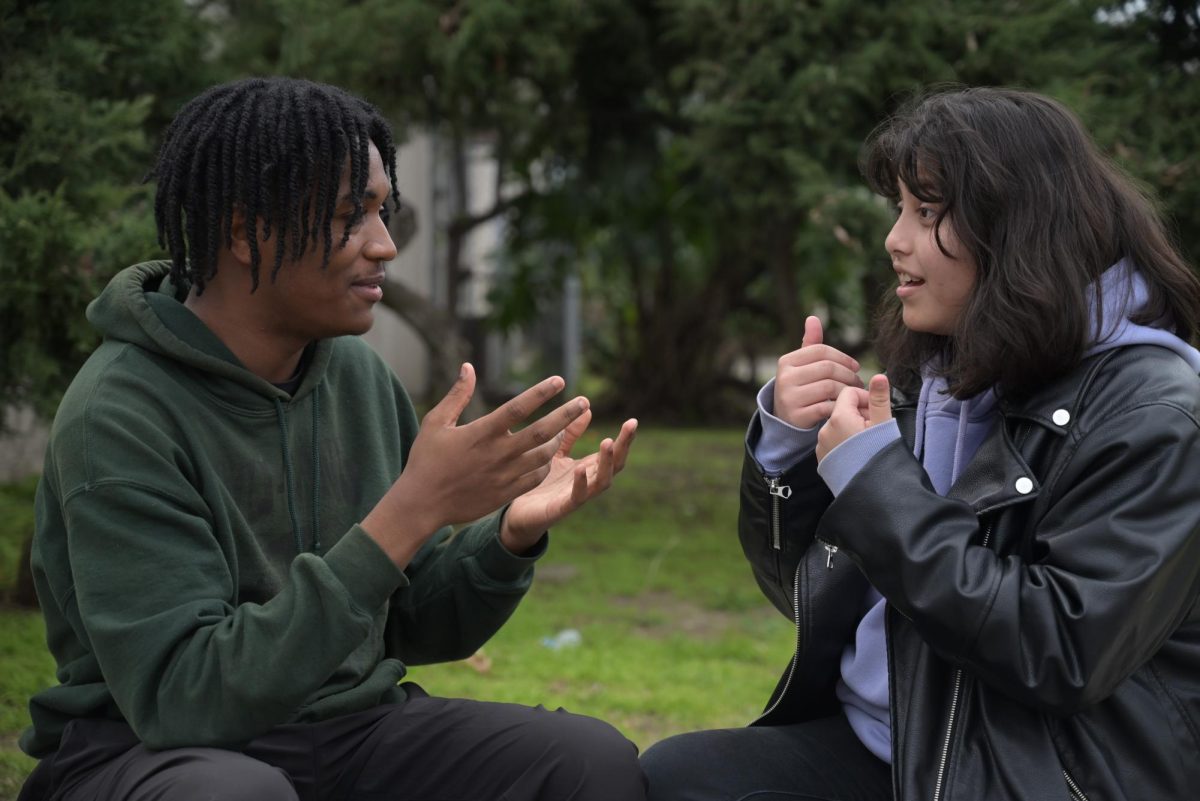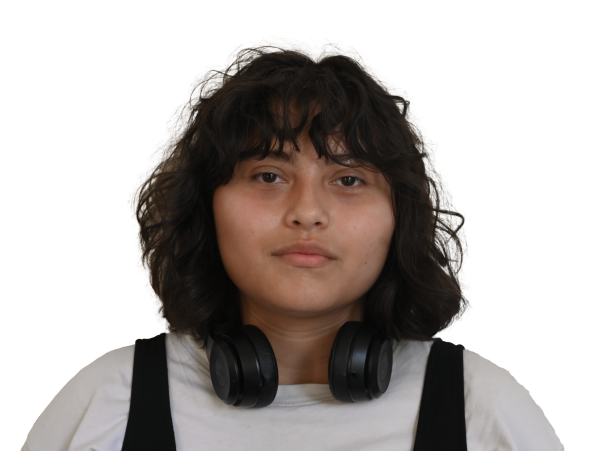Let’s face it. The school’s language classes are sorely lacking in variety.
Van Nuys only offers French and Spanish in order to achieve its LAUSD foreign language requirement. While both classes succeed in immersing students in a new culture, having only two options to pick from leaves many students wanting more.
The campus sports a predominately Hispanic student population. While many Hispanic students are interested in learning more in Spanish class, a large number of them, myself included, find the class unexciting. I would love to explore a different language and its culture, but I’m left with only one option outside my home language. French doesn’t thrill me either, so I’m out of luck.
LAUSD has continuously praised itself on offering more than ten languages across the district, including Japanese, Italian and American Sign Language (ASL). Schools like the Valley Academy of the Arts and Sciences offer Spanish, Mandarin and ASL. As progressive as that reads, we’ve yet to see any of those in our own high school curriculum.
Adding another set of language courses to a school includes benefits beyond providing students with more options, decreasing classroom sizes and opening new jobs for teachers and heads of language departments. A quick glance at our foreign language department, with seven Spanish teachers and only one French teacher, reveals a lack of diversity even among the existing staff and courses offered.
Finding qualified teachers might prove challenging, but as schools acknowledge ASL as a creditable language class, more and more students get degrees related to ASL.
At this school, where most individuals share a deep intimacy with cultural inclusivity, having more language courses would encourage students to not only expand their horizons, but invest in a worthwhile skill.
In a country as diverse as America, bilingual communication offers a competitive advantage in most professions. ASL would open a door to future translators and educators. Those who plan to travel abroad in the future find these courses essential to respecting and integrating into new cultures and environments.
13% of people aged 12 and older in the United States have full hearing loss. That’s 30 million deaf people within our population. Additionally, 6.1% of the world has disabling hearing loss.
Sign language provides a unique learning experience. Students who are naturally attuned to visual learning may find ASL more enjoyable to learn compared to spoken languages.
Additionally, ASL opens the door to conversing with people across numerous cultures.
Being proficient in ASL, the dominant sign language in North America, means you can communicate with people who have hearing issues, regardless of their heritage.
In my own family, deafness is hereditary. My family members are often plagued with ear infections that permanently damage their eardrums. I myself have minor hearing issues that become worse with sickness.
Over time, I’ve had to teach myself small phrases in ASL in fear that those skills will become necessary for further communication. Knowing I’ll have to teach myself or pay for lessons feels disheartening when it could have been offered at school for free.
As we grow older, our hearing will decline, for some sooner than others. I know that I’ll lose my hearing sooner than usual, but knowing that I’ll still be able to express myself is a great comfort.
Inclusivity is far from impossible. Difficulties can arise when there are different cultures in the same space, but learning language helps to bridge people together. Our current foreign languages department has proven that to be true.
For individuals that are deaf or struggle with hearing, ASL is the one of the best ways to find a tighter-knit community. ASL is simple to learn and has been known to improve social skills because of its clear signs for objects and actions.
LAUSD has already recognized the importance of integrating sign language programs into school curriculums. In May 2022, LAUSD introduced a sign language and speech program for hard-of-hearing and deaf children.
Van Nuys should take inspiration from the district’s efforts to improve deaf education and inclusion. If those efforts can be realized, students like me will have an opportunity to explore an important part of our lives in school.
It’s human nature to find connections and build community. We crave solidarity and have evolved as social creatures. Everyone expresses themselves differently, some more verbally and others more visually. ASL offers another way to communicate your feelings. I myself am not very verbally expressive, but I know that when I can’t find my voice, I can use my face and hands.
Bringing ASL to Van Nuys would put another learning style on the table for all students and foster a supportive environment for people like me. Introducing students to cultures within their community should be a pillar of our school.
The abridged version of this article appeared in the Spring 2024 print edition. This is an uncut version.




Jacqueline Shine • May 25, 2024 at 4:33 am
I AM VERY GRATEFUL FOR EVERY ARTICLE PUBLISHED TO MAKE OUR EDUCATION SYSTEMS EVERYWHERE AWARE OF THE MOST NECESSARY NEED FOR PEOPLE WHO CAN COMMUNICATE WITH AND FOR DEAF/HARD OF HEARING PEOPLE ( USA NATIONWIDE AND WORLDWIDE). I AM 78 YEARS OLD, WITH CRIPPLED HANDS. HOW I WISH I HAD CONTINUALLY TRIED TO GET INTO CLASSES THAT TAUGHT MORE THAN THE BASIC FINGER SPELLING/BEGINNING SIGN LANGUAGE CLASSES (I HAD TO WORK FULLTIME). I JUST RECENTLY SAW SIGN LANGUAGE APPS ON MY CELLPHONE. I WAS ASTONISHED. I AM WONDERING HOW MANY SITES OR CLASSES ONLINE HAVE ASL BEGINNING-TO PROFICIENT AVAILABLE .